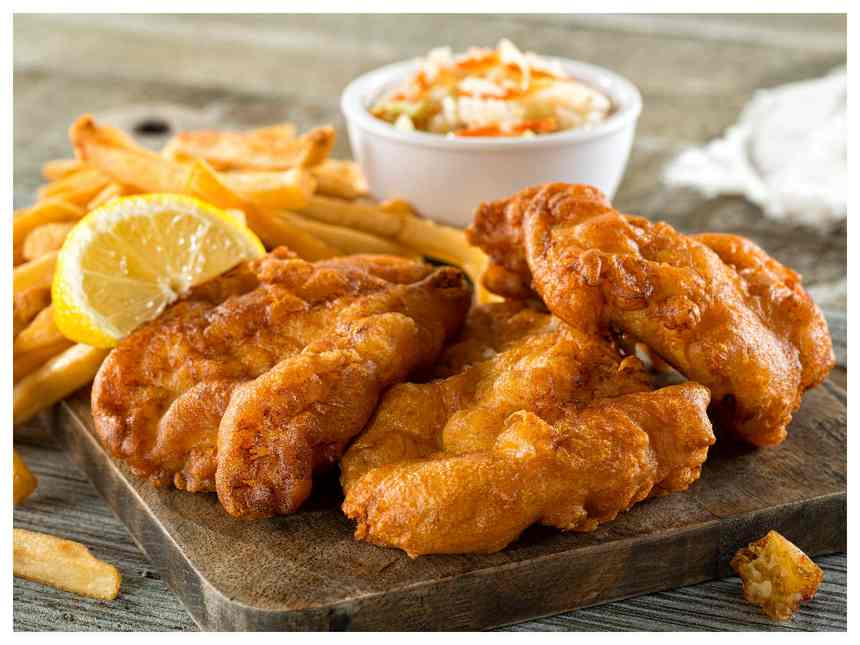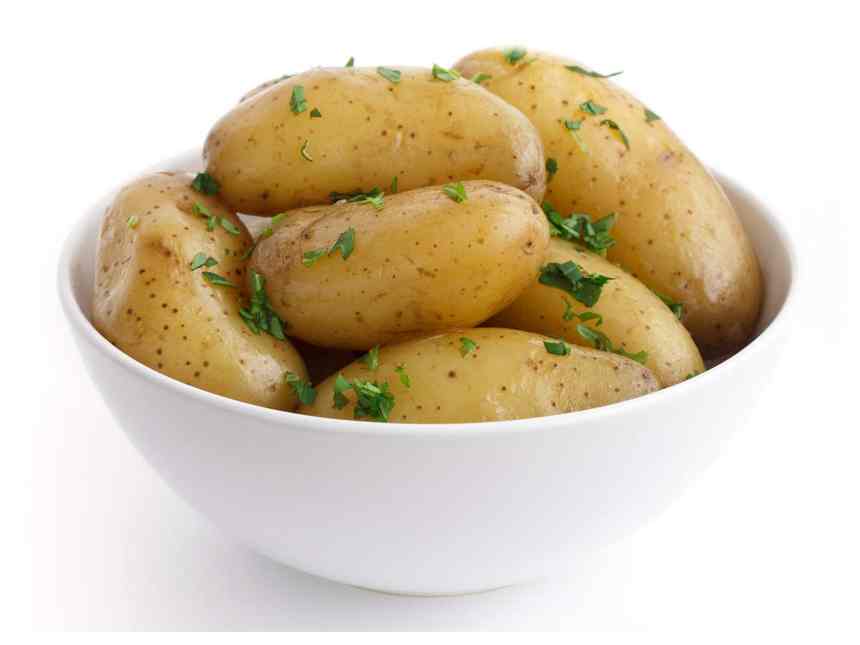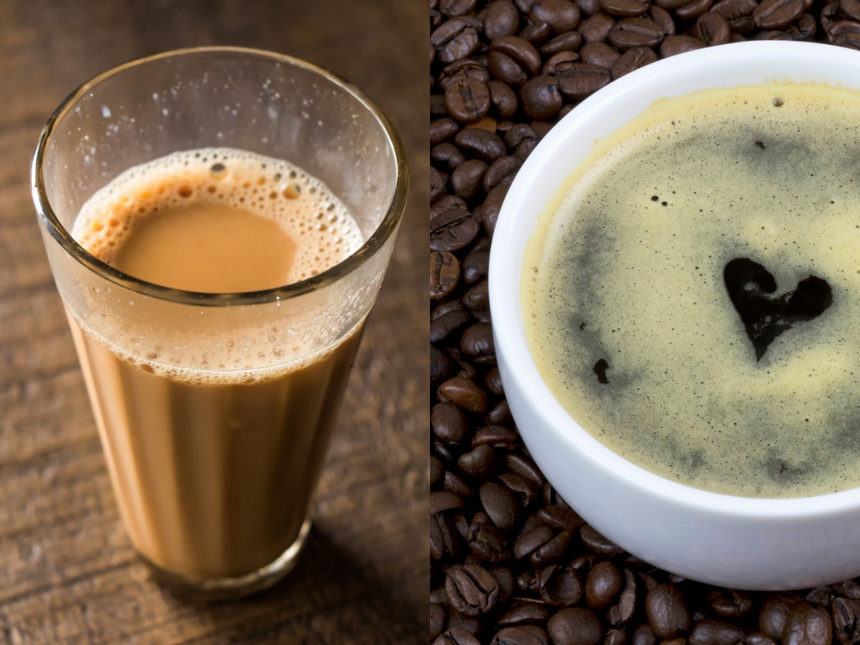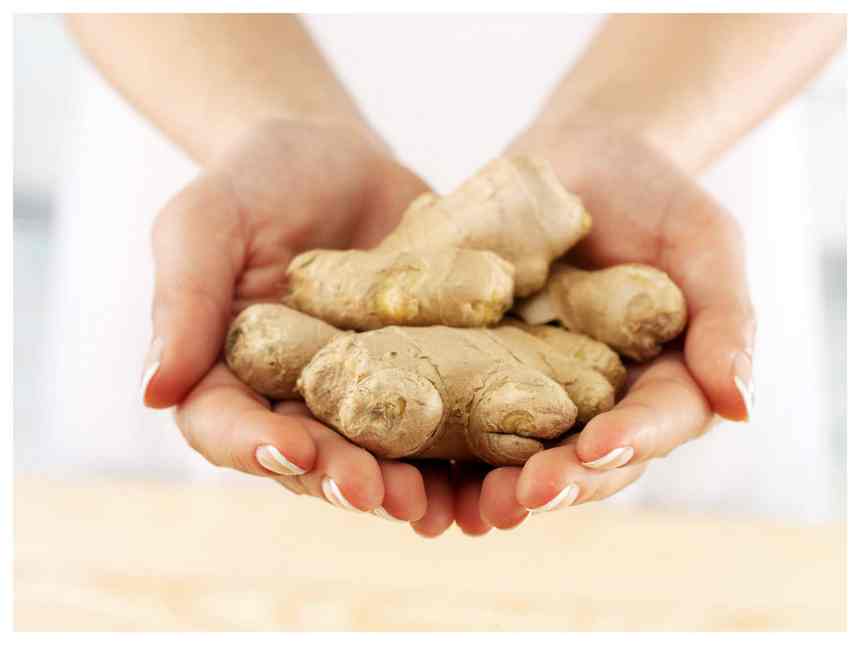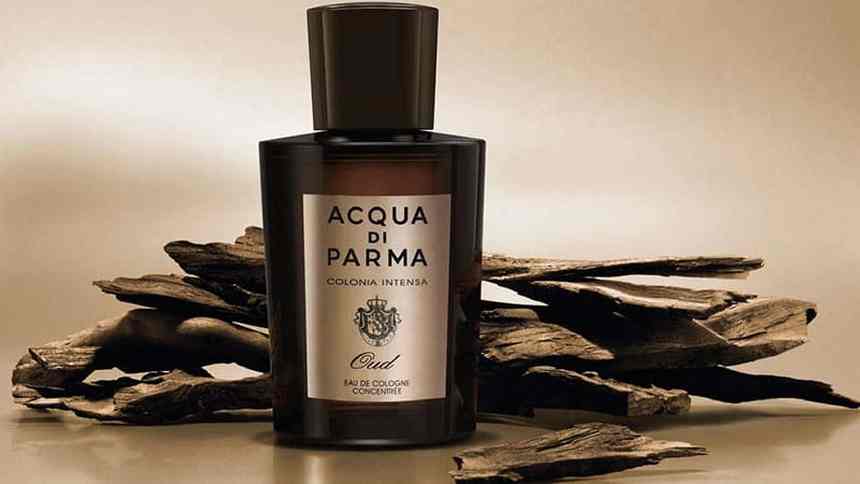The Trend Spotter is supported by its audience. When you purchase through links on our site, we may earn an affiliate commission. Learn more
There’s no denying a smile that lights up a room is incredibly attractive. Whiter, brighter teeth are keenly sought after. If your pearly whites are lacking luster and looking yellow, you might be feeling self-conscious about it. Luckily, you can whiten them from the comfort of your home. Avoiding food and activities that discolor teeth is a good start. Beyond that, there are many at-home ways to whiten your teeth that are easy, pain-free, and relatively cheap. These are some of the best options available.
Contents
show
How to Whiten Your Teeth at Home
Whitening Toothpaste
Whitening Strips
Whitening Gel Trays
Whitening Light Devices
Natural Methods
Baking Soda and Hydrogen Peroxide
Activated Charcoal
Banana Peel and Orange Rind
Professional Teeth Whitening
Maintaining White teeth
Foods and Habits to Avoid
Foods That are Good for the Teeth
Electric Toothbrush and Floss
Regular Dentist Visits
FAQs
How can you whiten your teeth at home?
How can I whiten my teeth in one day?
Can you get yellow teeth back to white?
What's the best teeth whitening product?
Why are my teeth so yellow even though I brush them?
Are yellow teeth unattractive?
Are teeth supposed to be white?
How to Whiten Your Teeth at Home
Whitening Toothpaste
Whitening toothpaste is one of the easiest at-home options for brightening up your pearly whites. These kinds of toothpaste are readily accessible, cheap, and simple to use. Most grocery and drug stores will have them in stock. The active ingredients tend to be gentle abrasives such as sodium bicarbonate, and chemicals like hydrogen peroxide. The results will take time and consistent use, and may not be as dramatic as other options. However, for lightly stained teeth, it’s an excellent choice.
Whitening Strips
Another simple at-home teeth whitening product is whitening strips. Rather than abrasives, the active agent is chemicals, mainly peroxide and bleaches. To use, simply apply them to your teeth, wait the amount of time that is mentioned on the package, and remove them. There will be a noticeable difference within a week of daily use. Effective and inexpensive, strips are a great option, especially if you have an event coming up soon.
Whitening Gel Trays
Similar to whitening strips, gel trays also use whitening chemicals such as peroxide and bleach to remove surface staining. The critical difference is the application. Gel trays look like a mouthguard you might see in sports. You either brush the gel straight onto your teeth and put the tray over it, or fill the tray itself with the whitening gel. It’s worn like a mouthguard for at least 30 minutes, or even overnight, depending on the product. The benefits of the gel tray are that it is more thorough than the strips, and you’re also able to target specific teeth. You can get basic trays in one-size-fits-all, moldable trays, or custom-made trays from your dentist. What you choose will depend on your budget and desired outcome.
Whitening Light Devices
LED light whitening devices are the next step up from whitening gel trays. These systems come with a whitening gel and a tray, as well as an LED light device. The application is similar, with the addition of attaching the light to the tray and turning it on. The LED stays on for the duration, which can be 15-30 minutes, depending on the brand. The idea is that the effect of the carbamide peroxide in the gel is accelerated by exposing it to the light. This option can be more expensive than alternatives. However, you can effectively achieve a brighter, whiter smile in the comfort of your own home.
Natural Methods
Baking Soda and Hydrogen Peroxide
You could also try some more natural DIY teeth whitening methods. First up is baking soda and hydrogen peroxide, which is an inexpensive option. Baking soda is a mild abrasive and will scrub away surface stains, as well as help kill bacteria. Hydrogen peroxide, on the other hand, is a natural bleaching agent, which also kills bacteria. When you combine the two, you get the best of both worlds. The recipe for this homemade toothpaste is one tablespoon of hydrogen peroxide, and two tablespoons of baking soda. Mix it into a paste, and use your toothbrush to brush it on for two minutes before rinsing your mouth thoroughly. You should see whiter teeth in a few weeks. For the safest results, use 1.5-3% hydrogen peroxide and make a fresh batch each time you brush. You’ll also want to limit it to a few times per week to avoid eroding your enamel.
Activated Charcoal
Activated charcoal is becoming increasingly popular for many uses, including as a teeth whitener. Charcoal can be used as a toothpaste, in a similar fashion to the hydrogen peroxide and baking soda. However, it is incredibly abrasive and can damage the tooth enamel. As such, it’s more recommended to use it as a tooth mask, rather than brushing with it. To do this, mix half a tablespoon of activated charcoal powder with a small amount of water to create a paste. Apply the paste to the teeth, and let it sit for a couple of minutes. The charcoal is incredibly absorbent and will help to lift surface stains from the enamel. Once the time is up, rinse your mouth thoroughly to make sure there’s no residue, particularly between your teeth. Combine this once or twice a week with your regular brushing and flossing.
Banana Peel and Orange Rind
Finally, rubbing banana peel or an orange rind on your teeth is another at-home option. The vitamins and minerals in the skins can remove stains, without the abrasiveness of other remedies. Simply rub the inside of the peel or rind on your teeth for a couple of minutes, then rinse. Follow up with a thorough brush. Keep in mind, however, that there is no scientific evidence that this particular method works. You do need to be careful not to leave any residue, as the sugar in the skins can cause cavities. Additionally, the acid in the orange rind, if left on your teeth, can damage the enamel.
Professional Teeth Whitening
The most efficient outcomes for whitening teeth will, of course, come from a visit to your dentist. Dentists have access to professional-grade whitening material and will be able to personalize your treatment for your teeth. In-chair treatments are similar to at-home light whitening devices. The bleach that dentists use is a higher percentage, and they will also customize the bleaching tray to reduce gum irritation, and ensure a perfect fit. You’ll need at least two sessions — one to mold the tray, and one for the treatment. If professional whitening isn’t sufficient, veneers create the perfect Hollywood smile. Veneers are a thin layer of porcelain or composite resin laid over the teeth to create a natural, but uniform look. This is the most expensive option, and veneers are permanent; however, it’s the best guarantee of perfect teeth. Just make sure you discuss the full pros and cons with your dentist first.
Maintaining White teeth
Foods and Habits to Avoid
Teeth change color for several reasons. Part of it is aging, as you get older, the white enamel on your teeth wears down, showing more of the yellower dentin that lies beneath. Another significant factor is your lifestyle and food choices. Smoking is not only horrendous for your health, but the tobacco and tar rapidly stain teeth yellow. The same goes for chewing tobacco. Food and drink can also discolor your teeth. If you’re trying to keep your pearly whites white, it’s best to try to avoid coffee, tea, red and white wine, turmeric, blueberries, blackberries, sugary drinks, and colored candies. The general rule is that if it stains a white shirt, it’ll probably stain your teeth too. If you can’t bear the thought of life without coffee or wine, you can reduce the impact by rinsing your mouth with fresh water after consumption.
Foods That are Good for the Teeth
On a more positive note, some foods can promote natural teeth whitening. An apple a day keeps the dentist away. Fibrous foods such as apples or celery scrub your teeth as you eat them, and produce more saliva, which rinses your teeth. Strawberries are also a great option, as they contain malic acid that assists in whitening. Additionally, improving the strength of your enamel is all-around beneficial. Calcium-rich foods such as cheese, nuts, and leafy greens will help, as will foods high in phosphorous like meat, eggs, and fish. Finally, drink water. Not only will you be hydrated, but drinking water, especially after eating, will rinse residual debris and sugars away.
Electric Toothbrush and Floss
Using an electric toothbrush turbo-charges your clean. The head of an electric toothbrush can move up to 7,000 times a minute — far more than the average human hand. There are a variety of toothbrush types that can focus on different needs — plaque removal, gum health, and whitening. A thorough clean of your teeth will help remove stains regardless of the toothbrush function. However, whitening brushes specifically focus on removing stains and massaging the gums. These feature heads and bristles designed to achieve a whiter smile. Flossing between your teeth is just as important. This is where food is most likely to get stuck, which can cause not only staining between your teeth but also decay and cavities.
Regular Dentist Visits
White teeth are lovely; however, general oral health is equally important. As such, you should include a couple of dentist visits in your annual schedule. A regular check-up and deep clean will help you keep on top of stains and plaque build-up. It will also allow your dentist to identify any potential issues early on. A deep clean at the dentist will generally include a check of your teeth and gums; a scale and polish; flossing; and application of fluoride. It’s thorough and feels great after. You should aim for a trip to the dentist every six months.
FAQs
How can you whiten your teeth at home?
White teeth are sought after, and a brighter smile can leave a positive and lasting impression on someone. It is also a sign of good hygiene. The good news is that you can whiten your teeth in the comfort of your own home, and you can do this with many easy options, including whitening toothpaste, whitening strips, whitening gel trays. Another option is an LED light whitening kit, which uses a whitening gel and a tray. The carbamide peroxide in the gel is accelerated by exposing it to the light, and although this may be a little more costly than some of the other options, it can help you achieve the smile you want. There are also several natural home remedies to try, including baking soda and hydrogen peroxide, activated charcoal and banana peel, and orange rind.
How can I whiten my teeth in one day?
Discoloration of teeth can happen over time and can be accelerated by certain foods and drinks. Many at-home remedies are designed to white your teeth and do it quickly. You may try baking soda and hydrogen peroxide, which can help remove bacteria and stains, or you could use an LED light whitening kit. If you want to achieve a look that is several shades whiter, this may take some time.
Can you get yellow teeth back to white?
Yellow teeth can become white again, but it can be a process depending on how yellow your teeth are and how white you wish them to become. Teeth with a natural yellow tinge to them can take one to two weeks to brighten when on a whitening program. This can include brushing with whitening toothpaste and using whitening strips. It is also worth remembering that not all products are made equal, and some will prove to be very effective, while others may not do much at all.
What’s the best teeth whitening product?
There are many teeth whitening products on the market, and you can choose one depending on your needs and budget. Some of the top brands include Crest, Colgate, and GoSmile. The most efficient outcome will, however, be to visit your dentist who has access to professional-grade whitening material and will be able to work with you to achieve your required goals.
Why are my teeth so yellow even though I brush them?
Despite regularly brushing your teeth, they can still turn yellow naturally. This can be due to a plaque build-up or affected by certain foods, drinks, or habits. For example, smoking and the use of tobacco products will stain your teeth, as will coffee, tea, and wine if drunk regularly. Blueberries, blackberries, and sugary candies can also contribute to your teeth’s color. Discoloration can also happen gradually as a person ages, and their enamel wears thin.
Are yellow teeth unattractive?
Yellow teeth are not considered attractive, whereas white teeth look bright, sign good hygiene, and leave a positive lasting impression on people you meet. Good dental hygiene is of the utmost importance, and yellow teeth can give you a dirty appearance.
Are teeth supposed to be white?
Teeth will gradually discolor depending on your habits, such as a smoker and the foods and drinks you consume. When the enamel erodes, it can create a yellow appearance. Poor dental hygiene, such as not brushing regularly or flossing, can also cause a build-up of plaque, contributing to discoloration. A great-looking smile is a white one, but you also need to pay attention to cavities and gum infections, which can still be present despite brightening your teeth.
